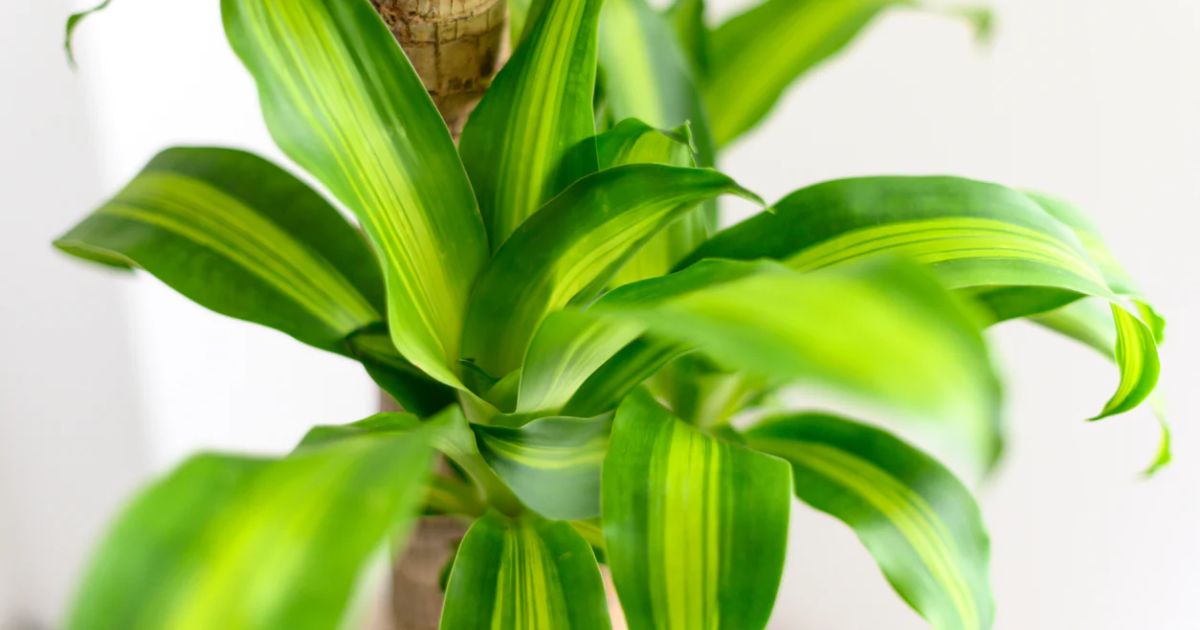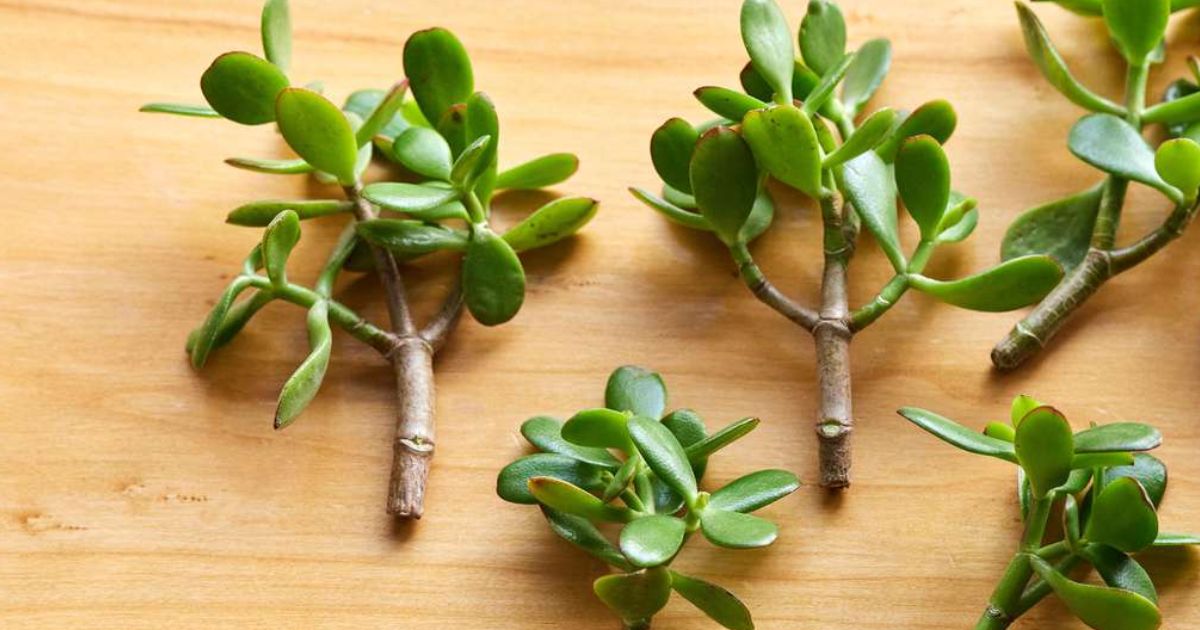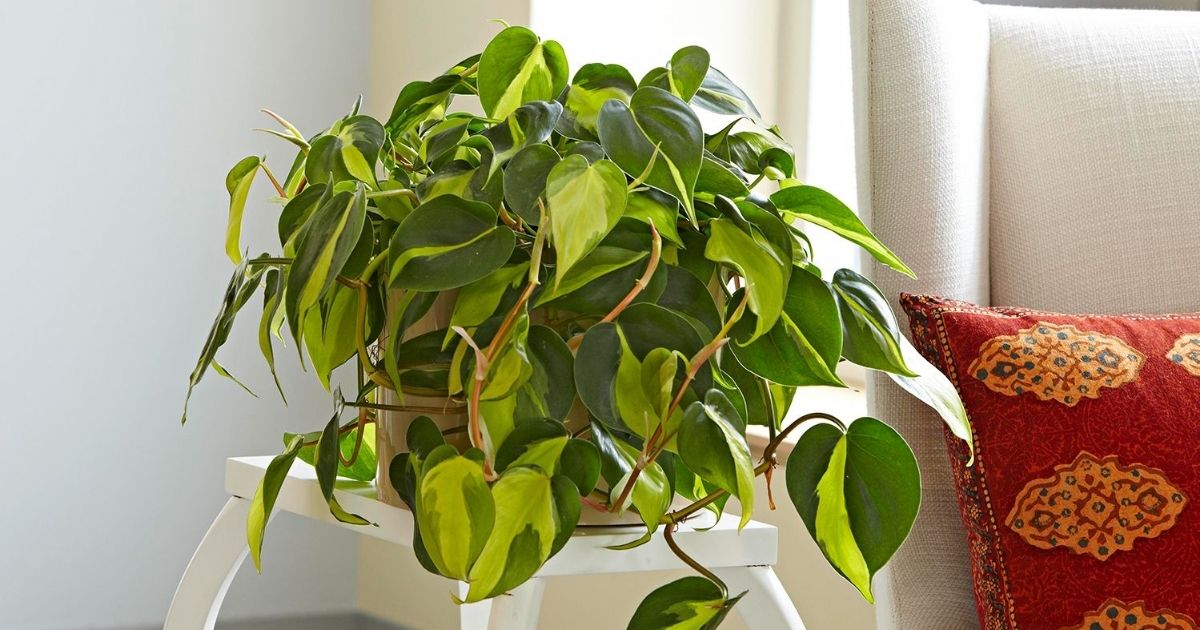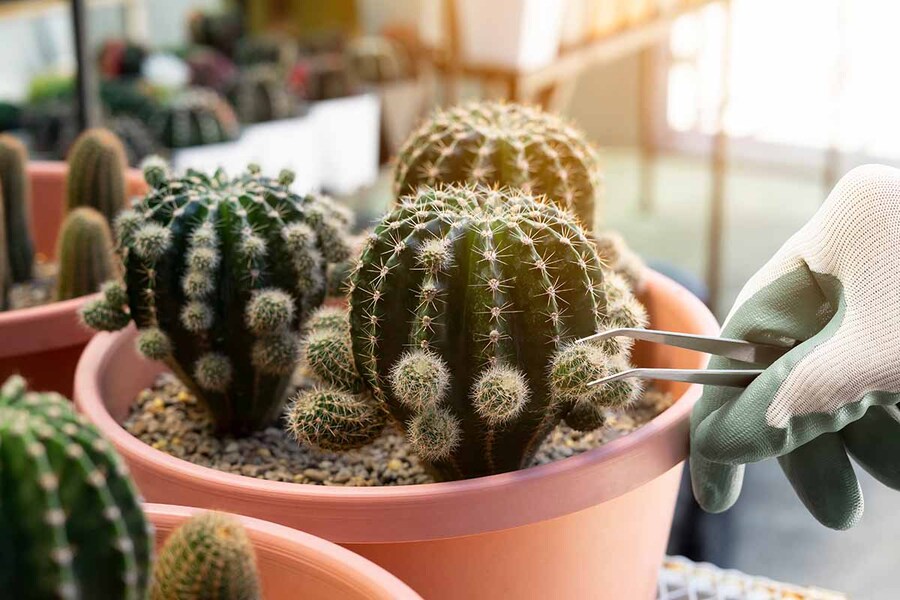HOW VPD CAN AFFECT INDOOR HYDROPONIC GROWING
As an indoor hydroponic grower in Melbourne, Australia, it's important to understand the role that humidity and vapor pressure deficit (VPD) play in the health and success of your plants. Both factors can have a significant impact on your plants' ability to grow and thrive, and it's important to monitor and maintain them at optimal levels. In this article, we'll explain what humidity and VPD are, how they can affect indoor hydroponic growing, and offer solutions on how to fix any problems that may arise.
First, let's define humidity and VPD. Humidity is the amount of water vapor present in the air, and it is typically measured as a percentage relative to the maximum amount of water vapor the air can hold at a given temperature. For example, if the humidity level is 50%, this means that the air contains half of the maximum amount of water vapor it can hold at that temperature. VPD, on the other hand, is a measure of the difference between the amount of water vapor in the air and the amount of water vapor that the air can hold at a given temperature. Essentially, it represents the "pressure" that the water vapor in the air is exerting on the plant.
Now that we have a basic understanding of these two factors, let's discuss how they can impact indoor hydroponic growing. High humidity levels can lead to a number of problems for plants, including the growth of fungi and pests, as well as the reduction of photosynthesis and transpiration. Fungi and pests thrive in humid environments, and if the humidity in your grow room is too high, you may find yourself battling these problems on a regular basis. High humidity levels can also reduce the rate of photosynthesis and transpiration, which are essential processes for plant growth. Photosynthesis is the process by which plants use sunlight to convert carbon dioxide and water into energy, while transpiration is the process by which plants release water vapor into the air through their leaves. Both of these processes are important for plant growth and health, and high humidity levels can disrupt them.
On the other hand, low humidity levels can cause plants to wilt and become stressed. This is because plants rely on water vapor in the air to help them absorb moisture and nutrients. If the humidity is too low, plants may not be able to absorb enough moisture, which can lead to wilting and other problems.
VPD can also have a significant impact on plant growth. If the VPD is too high, plants may experience water stress, which can lead to reduced growth and yield. This is because plants rely on transpiration to help regulate their internal temperature and maintain hydration. If the VPD is too high, plants may not be able to transpire enough to maintain optimal hydration levels, leading to water stress and reduced growth. On the other hand, if the VPD is too low, plants may not be able to transpire properly, which can also lead to reduced growth and yield. This is because transpiration is important for the uptake of nutrients from the soil, and if transpiration is impaired, plants may not be able to absorb enough nutrients to support healthy growth.
So, how can you fix these problems and maintain optimal humidity and VPD levels in your indoor hydroponic grow operation? Here are a few solutions:
Use a humidifier or dehumidifier to regulate humidity levels. This is particularly useful if you live in an area with naturally high or low humidity levels. By using a humidifier, you can increase the humidity in your grow room to optimal levels, while a dehumidifier can help to lower humidity levels if they are too high.
Install an exhaust system to remove excess moisture from the grow room. This can help to lower humidity levels and maintain optimal VPD. Exhaust systems work by drawing air out of the grow room, which helps to reduce the amount of moisture in the air and maintain a healthy balance.
Use a thermo-hygrometer to monitor humidity and VPD levels in real-time. This will allow you to make adjustments as needed to maintain optimal levels. By keeping an eye on humidity and VPD levels, you can quickly identify any problems that may arise and take action to fix them.
Consider using a VPD calculator or chart to determine the ideal VPD range for your plants. This can help you to make more informed decisions about how to regulate humidity and VPD in your grow room. VPD calculators and charts provide guidelines for the ideal VPD range for different types of plants, taking into account factors such as temperature, humidity, and the stage of plant growth. By following these guidelines, you can help to ensure that your plants are getting the right amount of water vapor they need to thrive.
At Benchmark Hydroponics in Melbourne, we understand the importance of maintaining optimal humidity and VPD levels for successful indoor hydroponic growing. Our team of experts can help you to identify any problems with these factors and offer solutions to help you fix them. Whether you're just starting out with hydroponics or you're an experienced grower looking to optimize your operation, we have the knowledge and expertise to help you succeed. Contact us today to learn more about how we can help you achieve the best results from your indoor hydroponic grow operation.




